Dystopian
*Bing Bong* 8:16 AM Thursday, November 21, 2052
Quinn makes her way to room 213 and unpacks her bag- laptop, tablet, VR goggles, headphones, cell phone. The room is silent besides the sounds of computers greeting each pupil as they power on their devices. Quinn logs on to get ready for today’s social studies lesson. The teacher’s voice comes over the speaker.
Teacher: Good morning class.
Class: Good morning.
Teacher: Click on the link to begin the exam.
Quinn clicks the button to begin the exam and minimizes the box in the bottom left corner that is always in her way- “Your data is being recorded and used.” She looks around the room just long enough to see Eddie packing up and going home for the day. His computer will not power on so you know what that means- no school. She feels a jolt from her computer and a message popping up on her screen warning Quinn to focus on her screen. She rolls her eyes at the eye tracker in the top centre of her screen. “I know, I know” she mumbles to herself.
Question 1: There were 4 French soldiers and 4 English soldiers at the battle. How many were there all together?
- 4
- 8
Quinn pulls out her calculator: 4+4=…..8
Correct!
Question 2: What year did the war of 1812 begin?
- 1812
- 1218
Quinn opens a new tab and types her question into her search engine: “what year did the war of 1812 begin?” ….the war of 1812 began in the year 1812.
Correct!
Question 3: A boy sits alone by the rubble of his home. It was hit by a bomb. He is now homeless and an orphan. How is the boy feeling?
- Happy
- Sad
Quinn types the question into the search engine. “A boy sits alone by the rubble of his home. It was hit by a bomb. He is now homeless and an orphan. How is the boy feeling?” The search engine does not provide the answer. Frustrated, Quinn asks the teacher a question.
Quinn: Hey Siri, how are we supposed to do question 3? There is no answer.
Utopian
*Bing Bong* 9:16 AM Thursday November 21, 2052
Quinn makes her way to room 213, chatting with her friends on the way. They enter the classroom saying hi to their teacher and classmates. As each student unpacks their tablet from their bag and powers on, their icons appear on the top of each others screens. Quinn longs on and gets ready for today’s social studies lesson by opening up her group’s collaborative workspace. The teacher comes to the front of the room.
Teacher: Good morning class.
Class: Good morning.
Teacher: Today is your final day to finish up working on your group projects before the presentations next week! Time to get to work!
Quinn walks over with her tablet to join her teammates as they each join the workspace. She sees Eddie tinkering with his device.
Quinn: What’s wrong with your tablet Eddie?
Eddie: It won’t power on this morning. I will try to fix it, but if it does not work I can still help with the project without it.
Lucas: Oh hey, I just had the same problem before so I created a new plugin and haven’t had the problem since. Here I will transfer it over to your device and it should be up and running again soon.
The group gets back to work and finishes their VR experience to present to their classmates tomorrow to help their peers experience and critically think about how climate change would have destroyed the planet if it had not been reversed 20 years ago.
References
Dunne, A., Raby, F., Project Muse University Press eBooks, & Books24x7, I. (2013). Speculative everything: Design, fiction, and social dreaming.
Harari, Y. N. (2017). Reboot for the AI revolution. Nature (London), 550(7676), 324-327. https://doi.org/10.1038/550324a
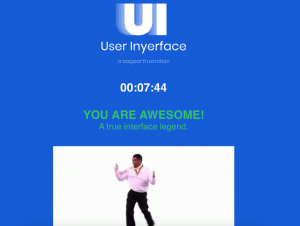
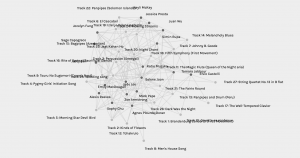

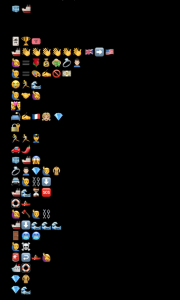
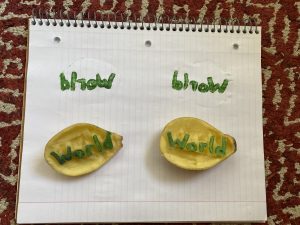
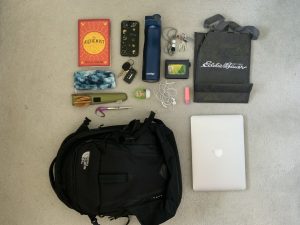 Items: current book (The Alchemist), extra mask, reusable bamboo cutlery, reusable collapsable metal straw, cell phone, car/house/mailbox keys, hand sanitizer, reusable water bottle, school keys, wallet, extra headphones, lip balm, lunch bag, laptop.
Items: current book (The Alchemist), extra mask, reusable bamboo cutlery, reusable collapsable metal straw, cell phone, car/house/mailbox keys, hand sanitizer, reusable water bottle, school keys, wallet, extra headphones, lip balm, lunch bag, laptop.